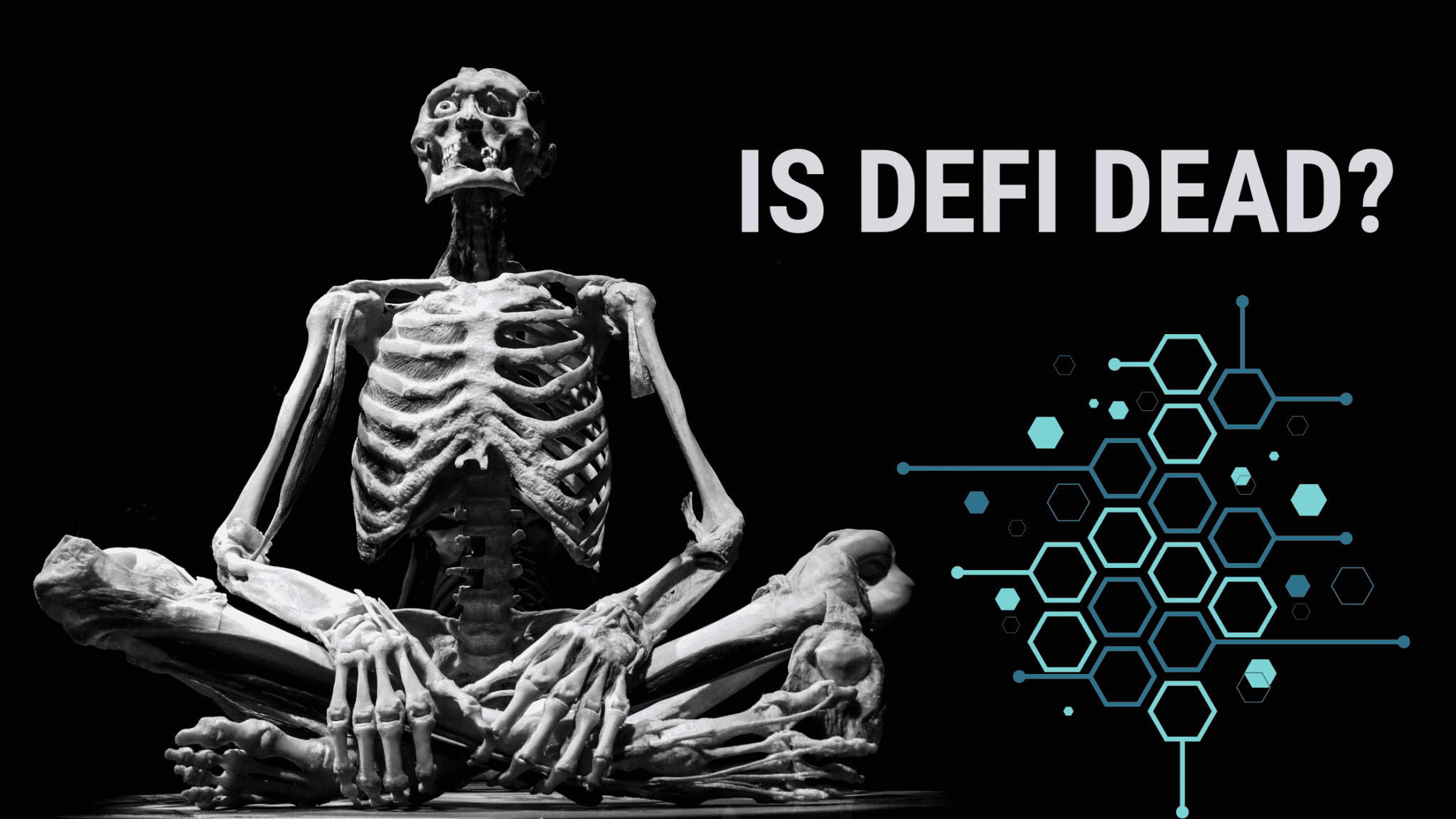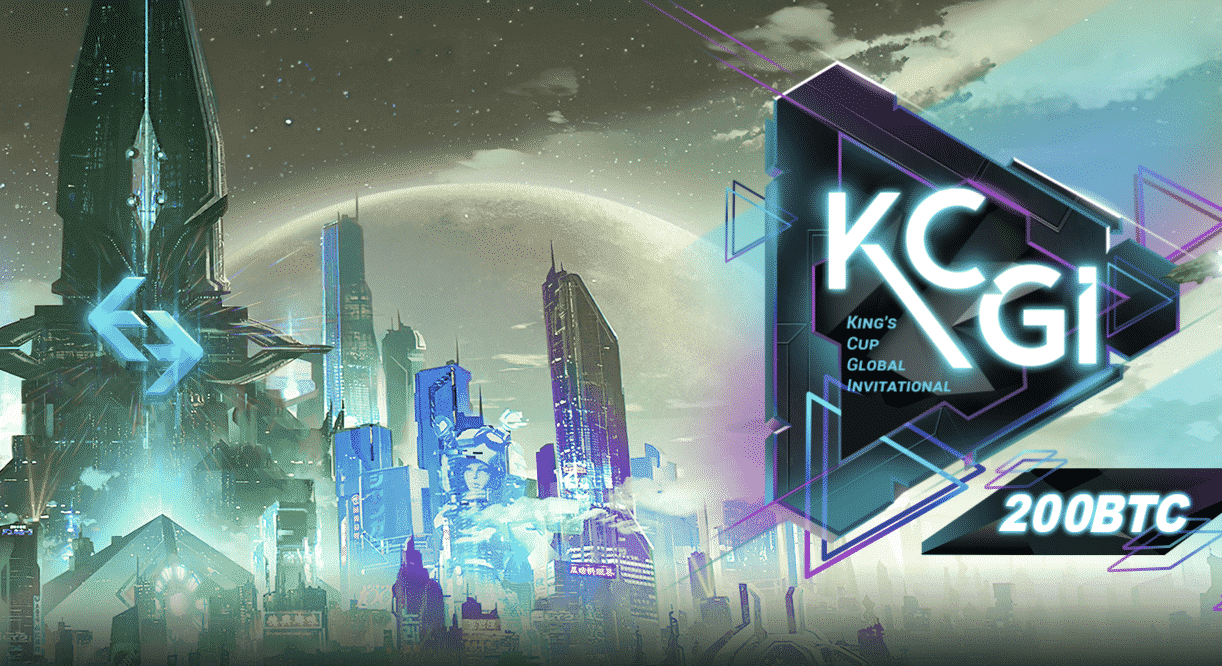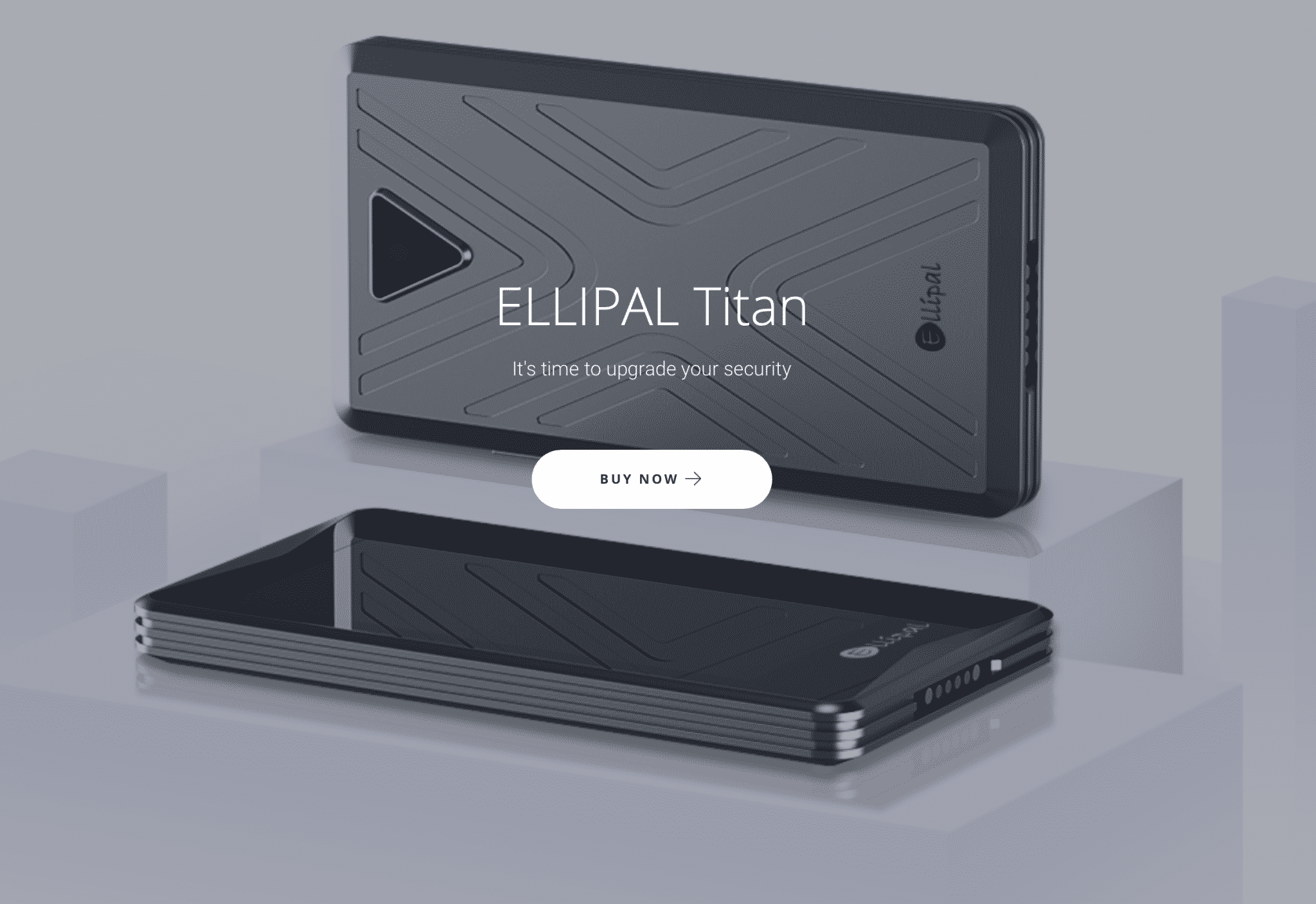 Navigation
Navigation

What Are Proof-of-Capacity Tokens?
|
|
What Are Proof-of-Capacity Tokens?

Consensus algorithms play a crucial role in blockchain networks and cryptocurrency ecosystems. Proof-of-Capacity (PoC) is an intriguing option, as it allows for mining activity through hard drive space. Such an approach has multiple advantages, and numerous projects explore this option today.
The Purpose of Proof-of-Capacity
While it is not a standard consensus algorithm, Proof-of-Capacity has a certain appeal for blockchain and cryptocurrency ecosystems trying to approach global adoption. As everyone has a device with hard drive storage at their disposal, it becomes a lot easier to partake in such projects. There is no need for dedicated mining hardware or staking funds in a wallet connected to the internet 24/7.
Instead, Proof-of-Capacity lets users leverage space on their hard drive to mine a crypto-asset native to the network. PoC Stores a list of possible solutions on the device’s hard drive before any “mining” activity even begins. Users with a bigger hard drive can store more possible solution values, resulting in a better chance to win mining rewards.
As this consensus algorithm works with any hard drive, including mobile devices, it is more energy-efficient, and users can re-use the hard drive once they stop mining. Nor do users need to upgrade their hardware constantly unless they want to increase their available hard drive space for the mining process.
3 Projects Using PoC
Although there aren’t many cryptocurrencies incorporating Proof-of-Capacity today, a few projects are gaining some attention in this space.
BXTB sees merit in Proof-of-Capacity to let users mine the BXTB governance token. Furthermore, users can stake this governance combined with a stablecoin – such as USDT – to receive yBXTB and CHIP tokens. CHIP is the stablecoin of this ecosystem, whereas yBXTB creates yield farming opportunities through decentralized finance.
As its core, BXTB is a DeFi protocol focused on creating a high-liquidity and high-throughout stablecoin. The native CHIP stablecoin is suitable for eSports, gaming, and other industries where transaction tokens play a crucial role. Every time a CHIP transaction takes place, 0.25% of the transaction is offered as yield to yBXTB holders.
The second example of PoC comes in the form of Burstcoin. The team intends to explore many different use cases, ranging from payment solutions to smart contracts and crowdfunding to arbitrary messages. By providing an appealing concept to consumers, businesses, developers, and miners, Burstcoin is a worthwhile project to explore the potential of PoC.
Third, the BTCHD team uses proof-of-capacity for their BHD cryptocurrency. The group wants to help empower everyone with credit issuance and provides a network capable of handling 70 transactions per second. The projects share many similarities with Burstcoin, and it is even possible to mine both currencies simultaneously. This shows there are many options to be explored among PoC cryptocurrencies and blockchains.
Conclusion
While the proof-of-capacity concept remains mostly unexplored, empowering users by letting them leverage excess hard drive space is a big step forward. Not only is it a “greener” way to mine cryptocurrencies, but it also creates a fairer distribution model. Everyone in the world has a device with hard drive space they could allocate to these purposes.
Now that projects such as BXTB begin exploring real-world use cases for their native cryptocurrency generated through PoC, an exciting era dawns upon the industry. Bringing cryptocurrencies to the masses is a tough challenge, but if everyone can participate without having to spend money on extra hardware, things may change for the better.
Disclaimer: This is a third-party submitted article. Blockgeeks does not endorse, nor is responsible for any material included below and isn’t responsible for any damages or losses connected with any products or services mentioned in this article.





